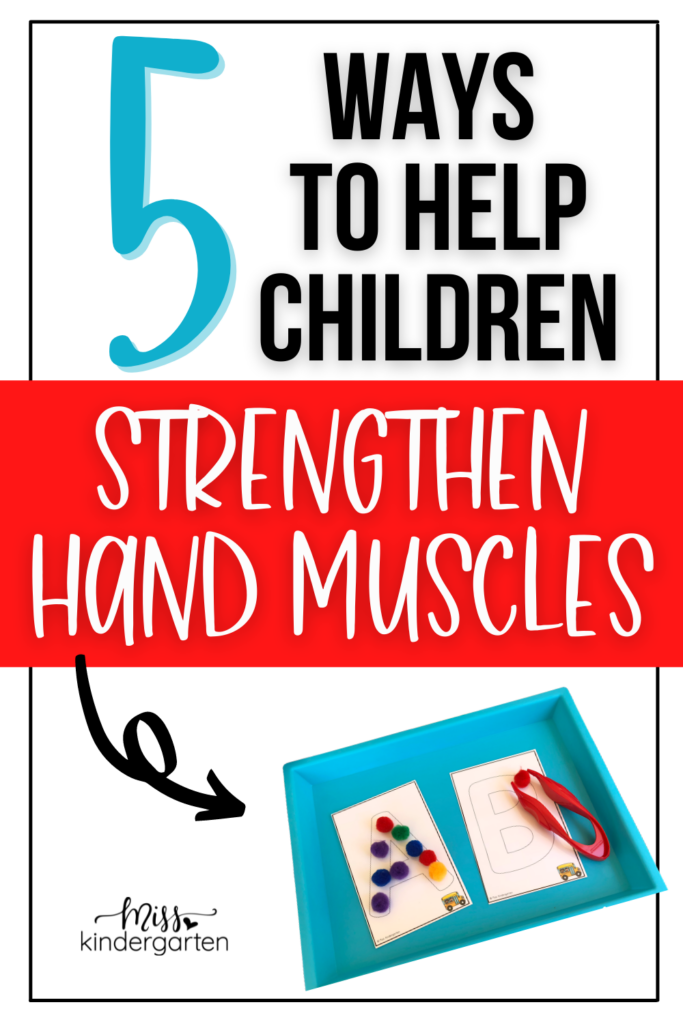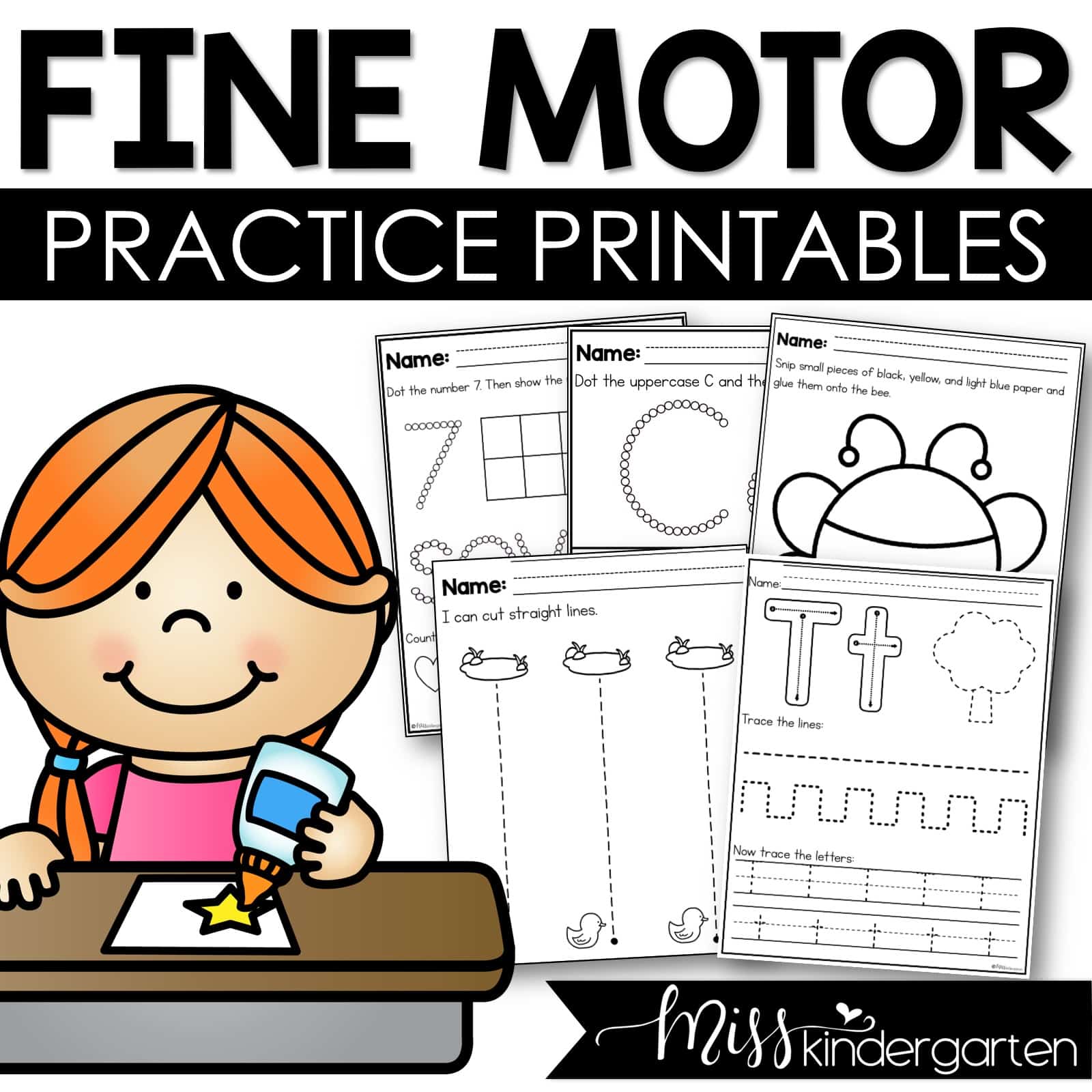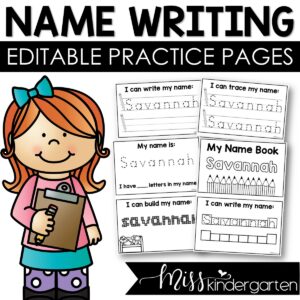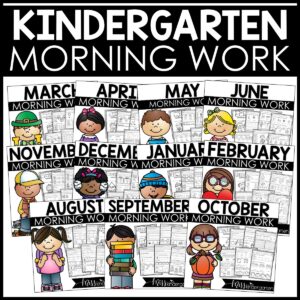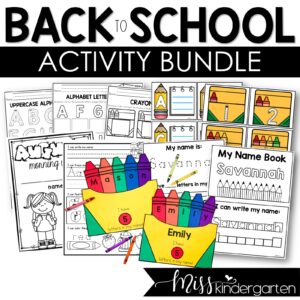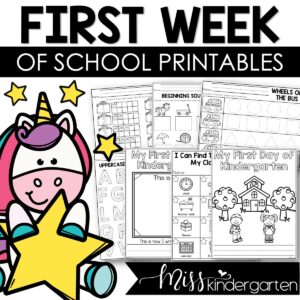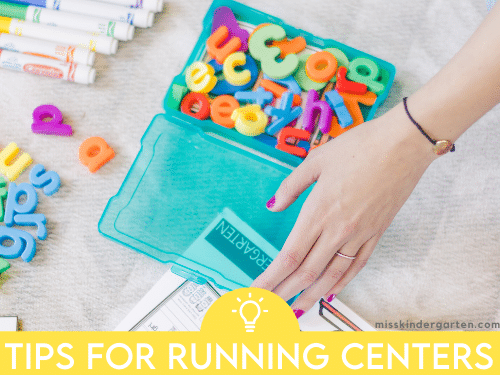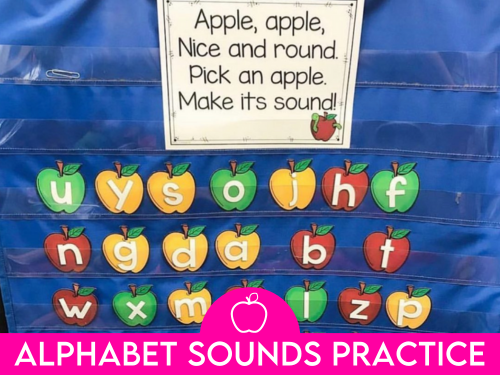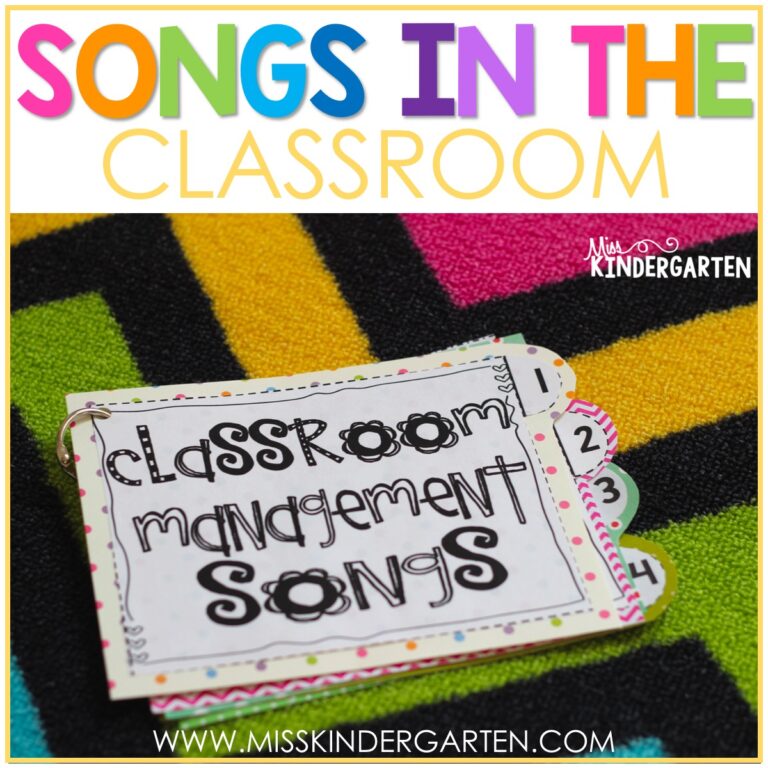5 Ways To Strengthen Hand Muscles and Improve Fine Motor Skills
As a teacher, we know the importance of a child having strong fine motor skills. These skills will help them with a variety of everyday tasks for the rest of their lives. As early childhood teachers, it is our responsibility to build fine motor activities into our daily activities to help students develop these important skills. To do this we must understand exactly what fine motor skills are and how they are developed.
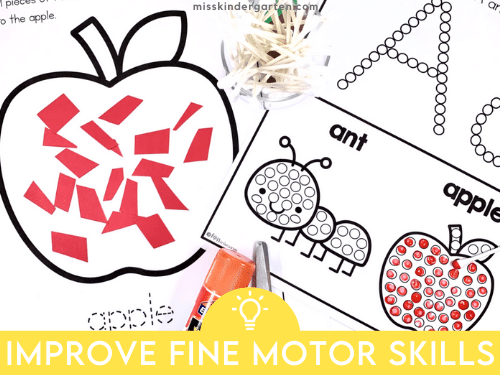
What are Fine Motor Skills?
Fine motor skills involve the use of the small muscles in your hands working together to create small but complex movements. A combination of strength and coordination is needed to complete these important movements. Fine motor skills are needed for many everyday life activities like writing, buttoning a shirt, holding utensils, and turning doorknobs, just to name a few.
Developing Fine Motor Skills
Children start developing fine motor skills not long after they are born. Activities like holding a rattle and grabbing at toys are early fine motor skill activities. As students get older they need lots of activities that use their hand muscles in order to build the strength needed for fine motor activities. As teachers, we need to give our students a hand workout each and every day to build up these important muscles.
Don’t worry, developing fine motor skills doesn’t need another block of time in the day. Instead, be intentional as you plan classroom centers and activities and you will be able to easily incorporate fine motor development into activities you are already doing.
5 Activities to Build Fine Motor Hand Muscles
1. Pinching
Any time we can get our students using the pincer grasp or a pinching motion they are working those important hand muscles needed for fine motor skills. This motion involves the thumb and forefinger working together. Repetitive pinching motions work and build the hand muscles just like bicep curls would for the arms.
There are a variety of pinching activities that can be easily incorporated into centers and classroom activities:
- picking up small objects (think small math manipulatives)
- using tweezers and tongs to pick up and move objects
- add clothes pins to centers as a way to mark answers
All of these are actions that can be easily added to a center activity you already have.
2. Squeezing
The squeezing motion is another great motion for building stronger hand muscles. It involves the entire hand opening and closing. This motion works both the muscles on the back of the hand and the muscles on the palm of the hand. Both are necessary for well-developed fine motor skills.
Playdough is a great material for getting students to work those hand muscles with the squeezing motion. All that grabbing, squeezing, rolling, and tearing of the playdough is a great hand workout! And . . . if you really want to amp it up, use clay or putty. These materials are firmer and require more hand strength to manipulate.
Some other activities to strengthen the squeezing motion are using a hole punch, crumpling up paper, and squeezing a spray bottle. And . . . we can’t forget about squeezing glue bottles. Yes, I know that glue sticks have less mess but learning to squeeze and control the glue is a great fine motor activity.
3. Grasping
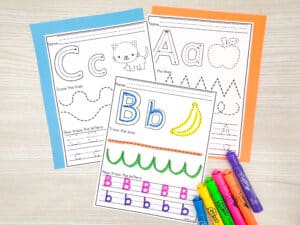
Developing a solid grasp is an important fine motor skill our students will use daily in school and out. Being able to hold a pencil or other writing utensil for an extended period of time is extremely important.
The best way to build up stamina grasping is to do it again and again for longer and longer periods of time. This is probably the easiest of all the activities to include because you are already doing it. Provide daily opportunities for your students to write and color.
These daily writing and coloring opportunities can include pencils, crayons, pens, markers, dry erase markers, chalk, or anything your students would hold like a pencil.
Writer’s workshop is a great time to work on increasing stamina. As you challenge students to write for longer periods of time throughout the year, they are also being challenged to use those hand muscles for longer periods of time too!
4. Hold & Control
As students get better at each of these three types of movements it is time to step it up a notch and add in the ability to have a steady hold and also control of an item. This hold could be using a pincer grasp, the squeezing, or the grasping motions. The more students develop the muscles the better their control will get. We can see this in the quality of their handwriting or cutting skills as the year progresses.
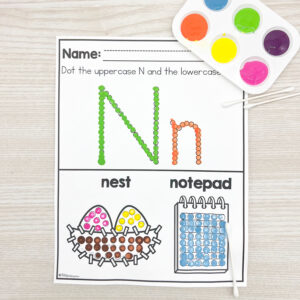
But we don’t have to just sit back and wait. We can add in fine motor activities that really help students with the control part. A childhood favorite for decades has been lacing activities. Whether it is the simple lacing of a card, adding beads to a shoelace, or stringing fruit cereal to make a necklace, these lacing activities require that students have a level of precision to complete the task.
Small dot painting activities using a q-tip are another great way to practice holding and controlling an object at the same time. Using a small amount of paint and a q-tip students create dots using an up and down movement. Getting students to use the wrist for the movement instead of the entire arm will help them maintain control. It can also be helpful to put small circles where you want the paint dots. Not only does this require more precise movements but it also helps to avoid the temptation to use the q-tip as a paint brush.
5. Coordinated Movements
These coordinated movements are some of the most difficult because they combine multiple movements. There are many coordinated movements that our students can use in the classroom on a daily basis.
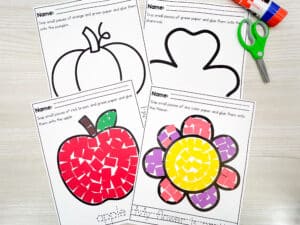
One of the most common coordinated movement activities is cutting. Using scissors while also holding and moving the paper with another hand is quite a complicated movement. Not only must the fine motor skills be working just right, but there’s also hand-eye coordination needed too. Providing our students with lots and lots of opportunities to use scissors is a good thing. Using crafts in the classroom is a wonderful way to easily incorporate scissor skills and glue skills in one activity.
Paper tearing and peeling and placing stickers are two more examples of coordinated movements that can be added to classroom activities.
Fine Motor Practice
With some planning and intentionality, you can weave all five of these muscle-strengthening activities into your classroom. And . . . the more you do it the easier it will become. Feel like your students need a little more fine motor help? These fine motor practice pages are designed to give your students targeted fine motor practice without taking lots of teacher prep time. Win-Win!
Scissor Skills Cutting Practice Worksheets
Save These Activities for Developing Fine Motor Skills
Save these activities for developing fine motor skills to your favorite classroom Pinterest board so you can quickly and easily find them later!
